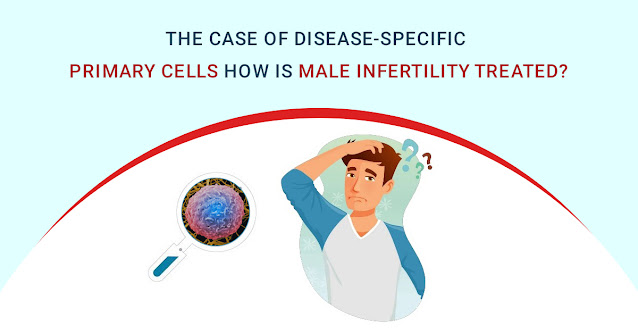Dermal Cells: A Vital Component of Cutaneous Biology

The skin is one of the largest and most complex organs in the human body, and its function as a barrier to the external environment is critical for maintaining overall health and wellness. A key component of the skin is the dermis, a layer of tissue located beneath the epidermis that provides structural support and plays a critical role in wound healing and tissue repair. Dermal cells, specifically dermal fibroblasts and dermal macrophages are key components of the dermis and play important roles in maintaining skin health and function. Dermal fibroblasts are cells responsible for the production of extracellular matrix components such as collagen, elastin, and glycosaminoglycans. These components provide the structural support that gives the skin its strength and elasticity. Additionally, dermal fibroblasts play an important role in wound healing and tissue repair. Upon injury, dermal fibroblasts respond by proliferating and producing matrix components that help to close the wound and...





